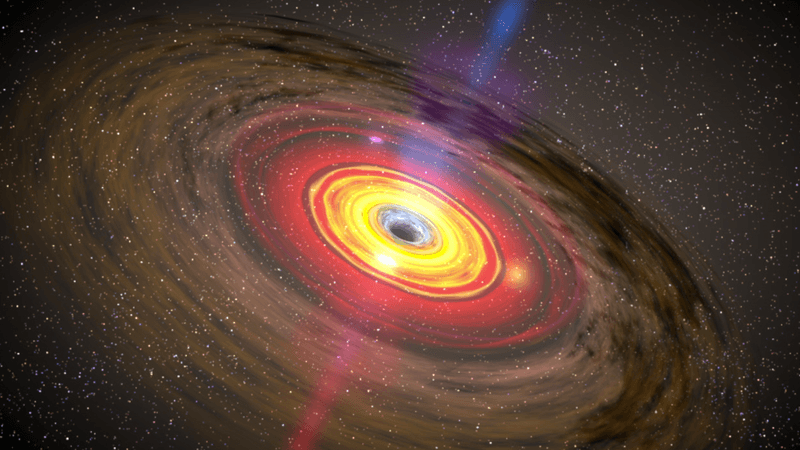Thanks to an automated network of telescopes, astronomers were able to catch a supernova almost as it exploded, making this the first time we have been able to conduct such a detailed observation campaign of an exploding star.
On March 10, David Sand from the University of Arizona got an alert message from the PROMPT telescope in Chile telling him that a new light had appeared in one of the 500 galaxies it monitors. The supernova happened in NGC 5643, a spiral galaxy 55 million light-years from Earth. The observations are now published in the Astrophysical Journal Letters.
A supernova can be as bright as its host galaxy when it explodes, which means automated surveys are a useful tool to spot them. Suddenly, there was a bright spot that wasn’t there earlier and, thanks to observations from PROMPT, Sand activated the Las Cumbres Observatory's global network of 18 robotic telescopes. Since they are spread out around the world, there’s always one watching a target.
"This was one of the earliest catches ever – within a day, perhaps even hours, of its explosion," said Sand in a statement. "In a galaxy like our Milky Way, a supernova goes off, on average, about once per century. We were fortunate to see this phenomenon that never had been observed before."
By catching the early stages of the supernova, the team was able to see the material ejected from the dying star as it slammed into its companion star. The event, called SN 2017cbv, is a Type Ia supernova, which happens when a white dwarf continues to steal mass from a companion star until it collapses in on itself and explodes.
These supernovae are important because they are used as cosmic yardsticks, due to the fact that they all have the same brightness. Based on how dim they appear, we can estimate their distances. While they're widely used, there are still uncertainties about their physics and whether they are as reliable as we think. This piece of research helps with the modeling.
"We've been looking for this effect – a supernova crashing into its companion star – since it was predicted in 2010," added lead author Griffin Hosseinzadeh, a doctoral student at the University of California, Santa Barbara. "Hints have been seen before, but this time the evidence is overwhelming. The data are beautiful!"
Gathering more examples of supernovae almost as they happen will help expand our understanding of the phenomenon. As Sand said: "If we get them really young, we can get a better idea of these processes, which hold implications for our understanding of the cosmos, including dark energy."
We've joined Instagram. Follow us for all the latest incredible pictures and videos from the world of science.




